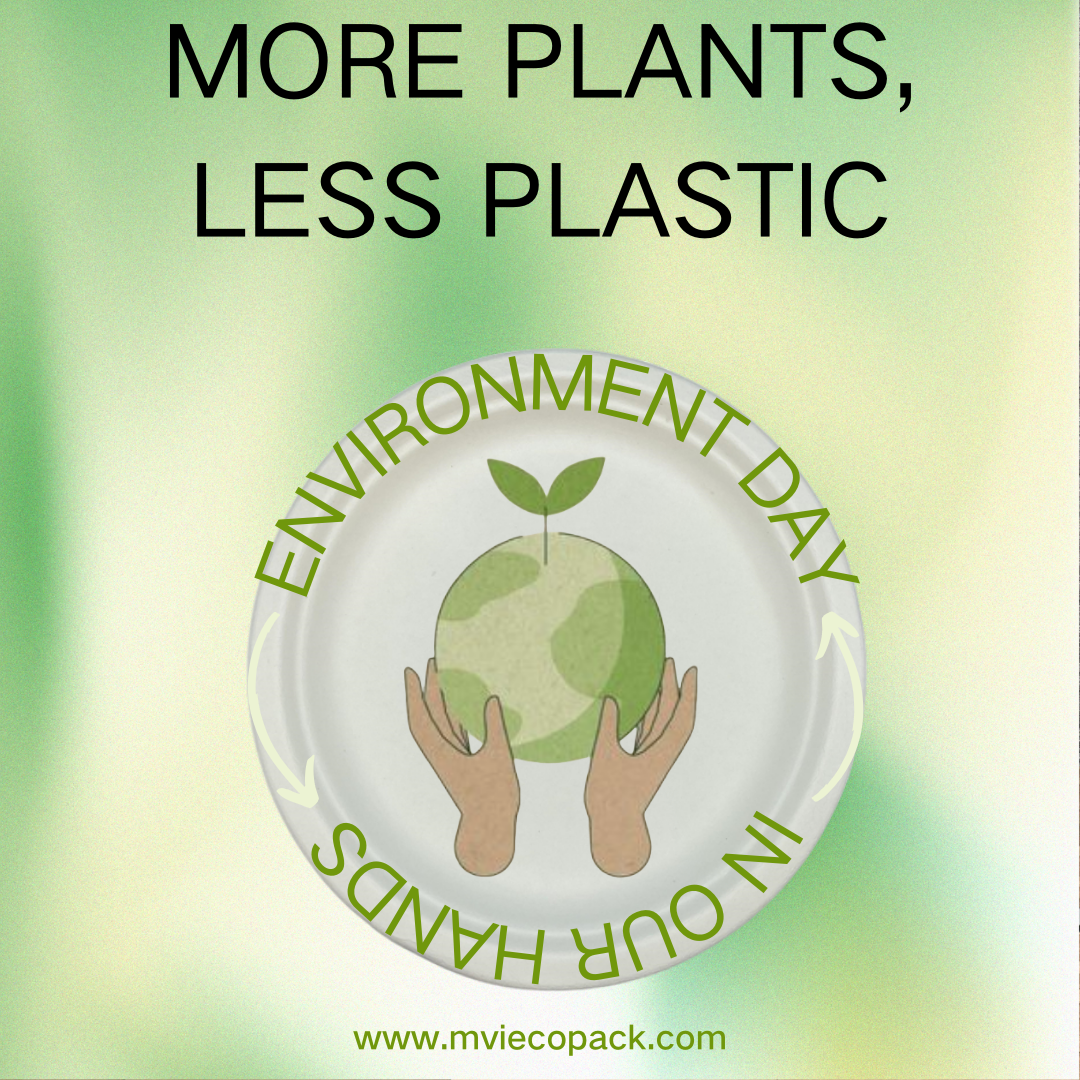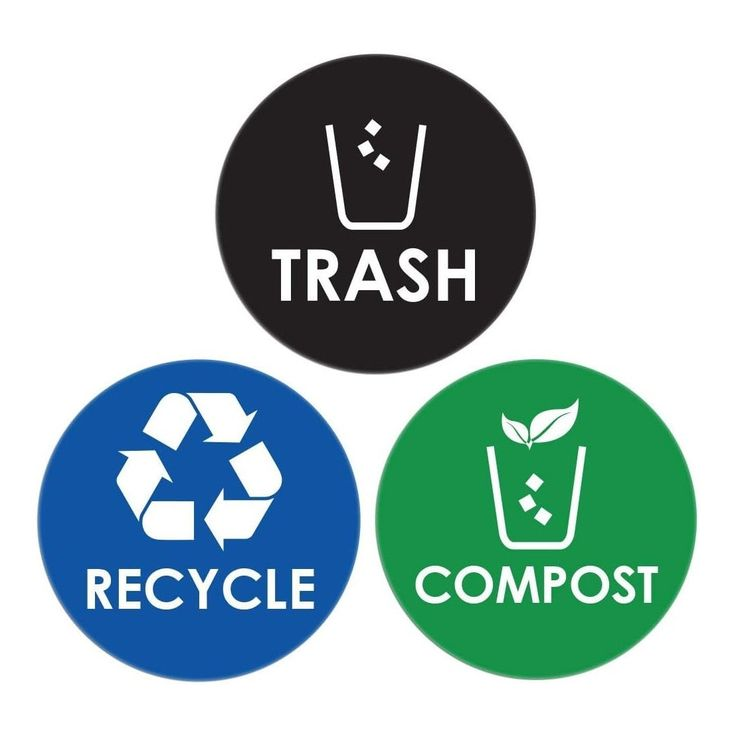
The growth of the food service industry, especially the fast-food sector, has created a vast demand for disposable plastic tableware, attracting significant attention from investors. Many tableware companies have entered the market competition, and changes in policies inevitably affect how these businesses generate profits. With the worsening global environmental issues, sustainable development and environmental protection concepts have gradually become a societal consensus. Against this backdrop, the market for disposable biodegradable tableware (such as biodegradable meal boxes, compostable containers, and recyclable food packaging) emerged as a crucial force in addressing plastic pollution.
Awakening Environmental Awareness and Initial Market Development
By the late 20th century, plastic pollution had attracted global attention. Plastic waste in the oceans and non-degradable waste in landfills were causing severe ecological damage. In response, both consumers and businesses began rethinking the use of traditional plastic products and seeking more environmentally friendly alternatives. Biodegradable meal boxes and compostable packaging materials were born from this movement. These products are typically made from renewable resources like sugarcane bagasse, corn starch, and plant fibers, capable of breaking down through biodegradation or composting in the natural environment, thereby reducing the environmental burden. Although these eco-friendly tableware products were not widespread in the early stages, they laid a foundation for future market growth.
Policy Guidance and Market Expansion
Entering the 21st century, increasingly stringent global environmental policies became a driving force in the expansion of the disposable biodegradable tableware market. The European Union took the lead by implementing the *Single-Use Plastics Directive* in 2021, which banned the sale and use of many single-use plastic products. This policy accelerated the adoption of biodegradable meal boxes and compostable tableware in the European market and had a far-reaching impact on other countries and regions globally. Countries like the United States and China introduced policies encouraging the use of recyclable and sustainable food packaging, gradually phasing out non-degradable plastic products. These regulations provided strong support for the market expansion, making disposable biodegradable tableware a mainstream choice.
Technological Innovation and Accelerated Market Growth
Technological innovation has been another critical factor in the growth of the disposable biodegradable tableware market. With advancements in material science, new biodegradable materials like polylactic acid (PLA) and polyhydroxyalkanoates (PHA) became widely applied. These materials not only outperform traditional plastics in terms of degradability but also decompose quickly under industrial composting conditions, meeting high sustainability standards. At the same time, improvements in manufacturing processes significantly enhanced production efficiency and reduced costs, further driving market development. During this period, companies actively developed and promoted new eco-friendly tableware, rapidly expanding the market size, and increasing consumer acceptance of degradable products.


Policy Challenges and Market Response
Despite the market's rapid growth, challenges remain. On the one hand, differences in policy enforcement and coverage exist. Environmental regulations face implementation difficulties in different countries and regions. For instance, in some developing countries, inadequate infrastructure hampers the promotion of compostable food packaging. On the other hand, some companies, in pursuit of short-term profits, have introduced substandard products. These items, while claiming to be "biodegradable" or "compostable," fail to deliver the expected environmental benefits. This situation not only erodes consumer trust in the market but also threatens the sustainable development of the entire industry. However, these challenges have also prompted companies and policymakers to focus more on market standardization, promoting the formulation and enforcement of industry standards to ensure that genuinely eco-friendly products dominate the market.
Future Outlook: Dual Drivers of Policy and Market
Looking ahead, the disposable biodegradable tableware market is expected to continue growing rapidly, driven by both policy and market forces. As global environmental requirements become increasingly stringent, more policy support and regulatory measures will further promote the widespread use of sustainable packaging. Technological advancements will continue to lower production costs and improve product performance, enhancing the competit iveness of degradable tableware in the market. The growing environmental awareness among consumers will also drive sustained market demand, with biodegradable meal boxes, compostable containers, and other eco-friendly products being more widely adopted globally.
As one of the industry leaders, MVI ECOPACK will remain committed to developing and promoting high-quality eco-friendly tableware, responding to the global call for environmental policies, and contributing to sustainable development. We believe that with the dual drivers of policy guidance and market innovation, the disposable biodegradable tableware market will have a brighter future, achieving a win-win situation for both environmental protection and economic development.
By reviewing the development history of the disposable biodegradable tableware market, it is clear that policy-driven momentum and market innovation have shaped the prosperity of this industry. In the future, under the dual forces of policy and market, this sector will continue to contribute to global environmental efforts, leading the trend of sustainable packaging.
Post time: Aug-15-2024










